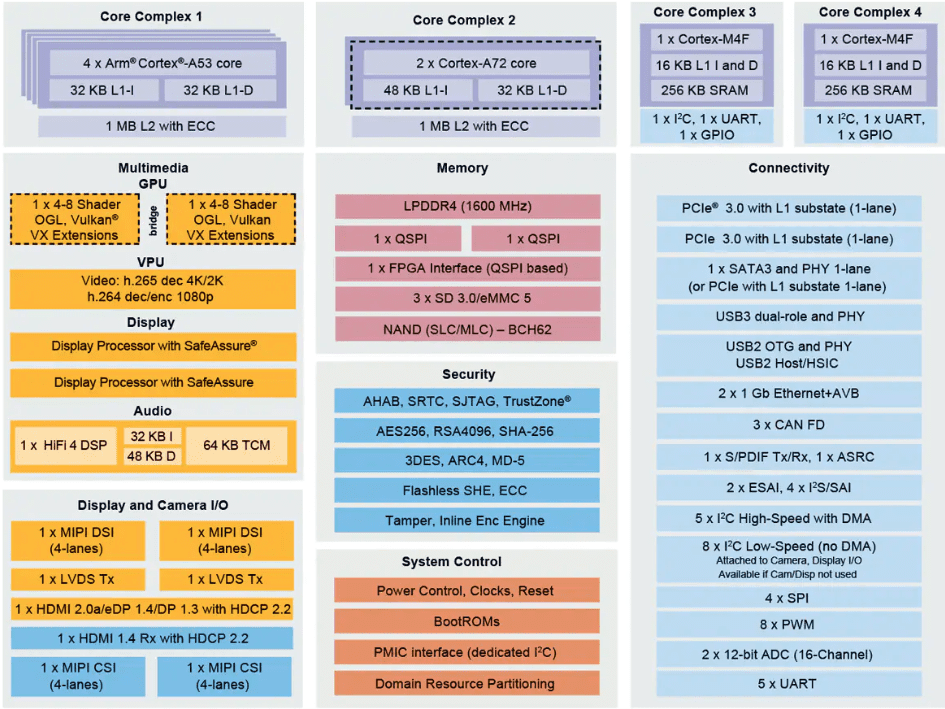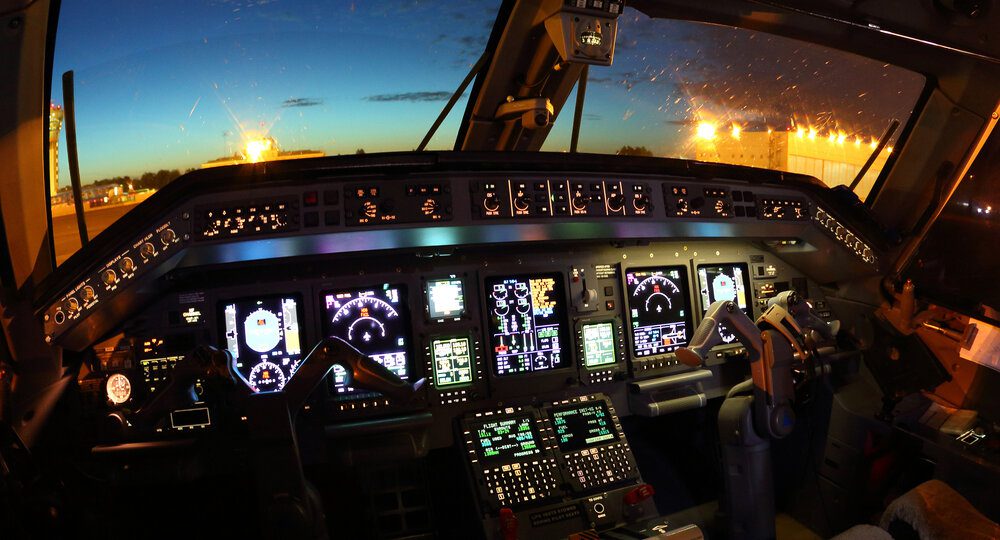CoreAVI, DDC-I Target Development of Next Generation Avionics Apps with New RTOS Graphics Platform


(Photo: CoreAVI)
Phoenix, Arizona-based operating systems and software supplier DDC-I, Inc. and CoreAVI, the Tampa, Florida-based provider of safety critical computing, have partnered to introduce a new integrated avionics real-time operating system (RTOS) graphics platform that could accelerate the development of compute and graphics-intensive avionics applications, according to an announcement made by the two companies last month.
The two companies have confirmed that the partnership will target the development of a new integrated avionics RTOS/graphics platform for “high-performance multicore SoCs equipped with on-board graphical processing units (GPUs), including the NXP i.MX 8 and 11th Generation Intel Core i7 (formerly Tiger Lake).” Some of the specific avionics applications that could see accelerated development resulting from the new platform include those requiring data fusion, sense/detect, synthetic vision, graphics, and other advanced control functionality.
By combining DDC-I’s Deos RTOS with CoreAVI’s Vulkan-based VkCoreSC graphics and compute driver portfolio, the partnership combines technologies that both companies have continued to win new avionics embedded development contract awards for in recent years. As an example, Deos was also confirmed by DDC-I to provide RTOS hosting for Honeywell Aerospace’s Anthem cloud-native cockpit system.
First certified to Design Assurance Level (DAL) A in the late 1990s, the Deos RTOS has been used to host DO-178 certifiable avionics software including functions such as air data computers, air data inertial reference units, cockpit video, displays and flight instrumentation, radios, traffic collision avoidance systems, and weather radar, among other systems.
CoreAVI’s Vulkan-based VkCoreSC graphics and compute driver portfolio is based on a subset of Khronos’ Vulkan application programmable interface (API) open standard, and supports applications aligned to DO-178C DAL A. Vulkan can allow itself to receive either graphics or compute commands and allocate them to the correct execution unit in the graphics processing unit (GPU), and then render the result on the display.
Furthermore, the graphics and compute driver portfolio enable avionics developers to implement a full software stack on NXP’s i.MX8 and Intel’s 11th Gen Core i7 application processors.

A block diagram of NXP’s i.MX 8 processor (Photo: NXP)
Neil Stroud, VP of Marketing and Business Development at CoreAVI, commented on the new partnership with DDC-I, noting that avionics developers “targeting emerging SoCs like the i.MX8 and Intel’s 11th Gen Core i7 now have a versatile, high-performance GPU acceleration platform to develop highly converged mission and avionics processing solutions with an accelerated, low risk path to flight safety certification.”
DDC-I and CoreAVI provided a combined set of emailed statements to Avionics International in response to questions about the new partnership, including an explanation of why emerging SoCs like the i.MX8 and Intel’s 11th Gen Core i7 are ideal for developing new graphics-intensive avionics display applications.
“The avionics industry is driven to emerging SoCs such as NXP’s i.MX 8 or Intel’s 11th Gen Core i7 as these SoCs consolidate functions into smaller pieces of silicon for the A&D space. They combine the best of small form factor, performance levels, and power consumption, which allows integrators to use state-of-the-art technology while maintaining strict [size, weight, and power] SWaP requirements,” the representatives said. Printed circuit board (PCB) and system level space is also reduced when SoCs are used due to fewer and higher-density components, according to the two companies.

The new DDC-I and CoreAVI integrated RTOS graphics computing platform could help accelerate the development of graphics-intensive avionics applications, the two companies say. (Photo: CoreAVI)
Further, aside from SWaP optimization, SoCs provide a standardization of processor, I/O, and interconnect targeted for application-specific embedded applications.
“This reduces the level of customization required and level of engineering effort needed to employ an SoC in an avionics system. That is, the hardware and software engineering effort and time to deploy these SoCs is generally lower than to do the same with multiple discrete IC components,” the representatives said. “This cost savings continues through to procurement and manufacturing where consolidating functions onto a single chip reduces the number of components purchased (generally at a lower cost for the SoC and compared to purchasing than multiple discrete ICs) and put into assembly (manufacturing overhead) of the avionics system.”
While neither DDC-I or CoreAVI were able to confirm any specific companies or avionics OEMS they’re providing the new platform for, they did provide a list of the types of companies they believe it could be ideal for.
These include avionics companies developing display or artificial intelligence-based systems. Systems they create include more advanced display and user interfaces, high compute applications such as “sense and avoid,” or AI-based systems determining flight management or various AI military applications, according to the two companies.
The post CoreAVI, DDC-I Target Development of Next Generation Avionics Apps with New RTOS Graphics Platform appeared first on Aviation Today.
—————
Boost Internet Speed–
Free Business Hosting–
Free Email Account–
Dropcatch–
Free Secure Email–
Secure Email–
Cheap VOIP Calls–
Free Hosting–
Boost Inflight Wifi–
Premium Domains–
Free Domains





